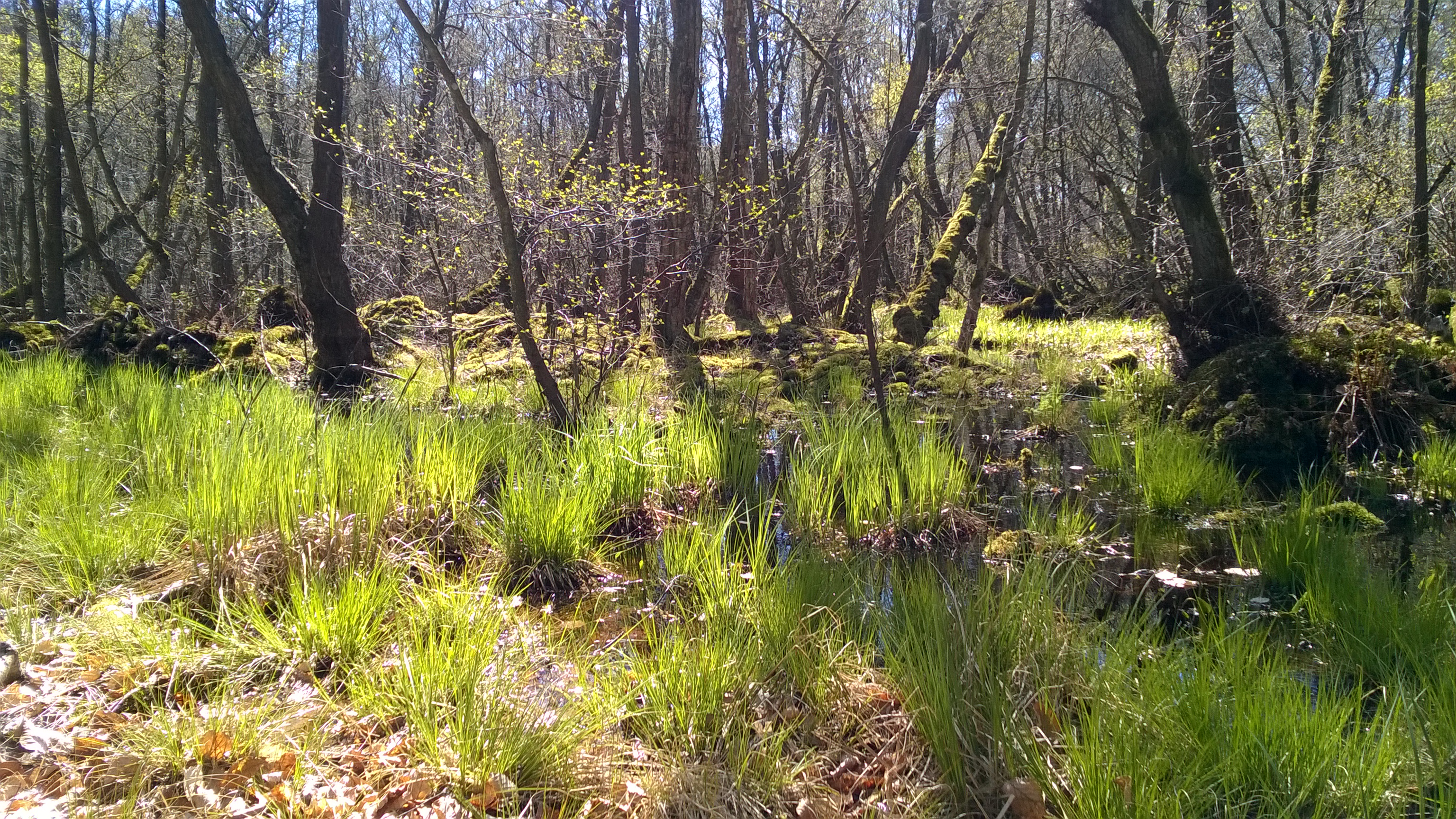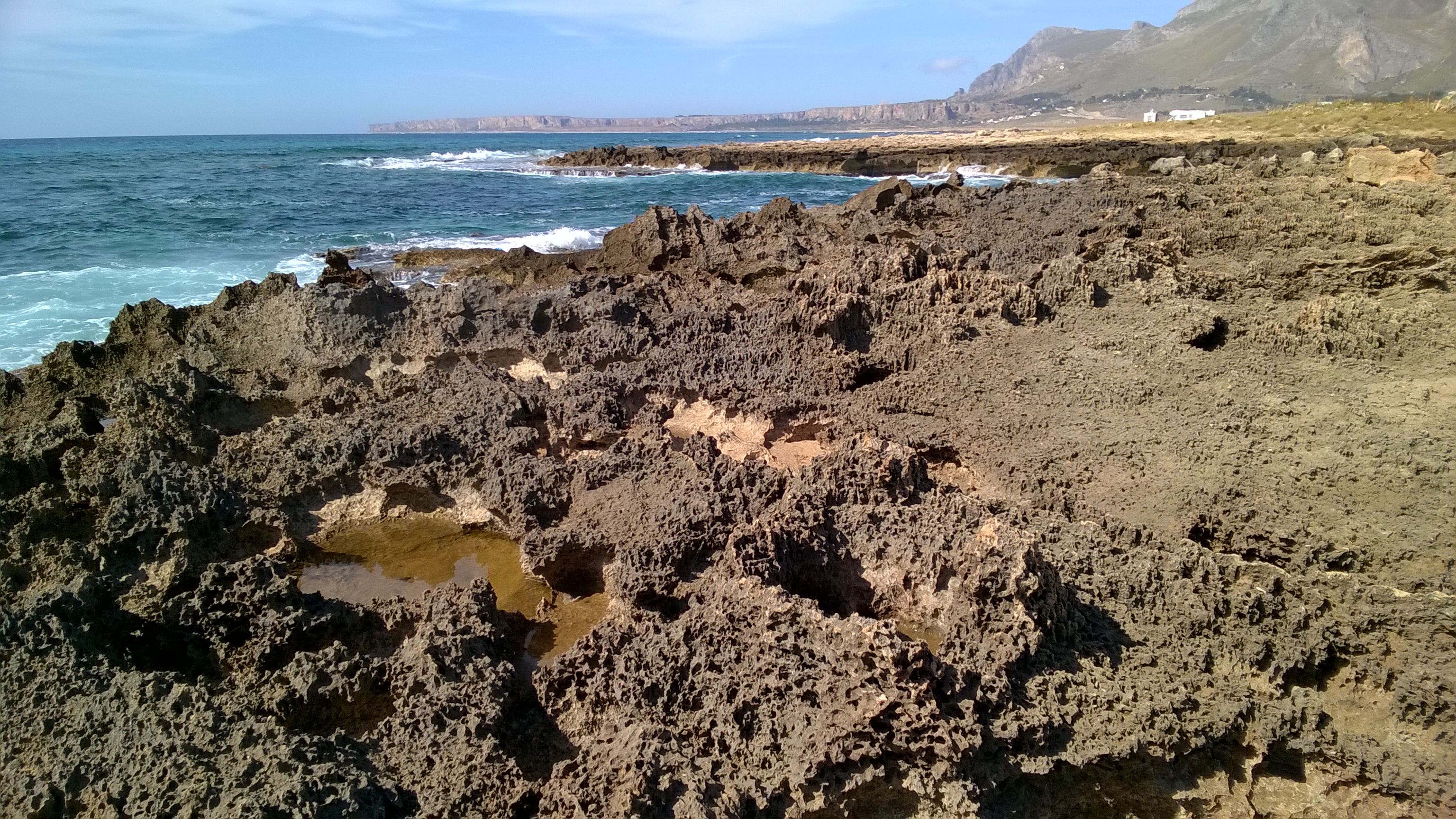General overview
A habitat can be a salt marsh, a meadow or a pine forest, but a habitat can also be recognised at the landscape level of a tundra type or a deep-sea mud covering several hundreds of square kilometres. At the other extreme, it may be a microhabitat of less than 1 m², for example decaying wood, or animal dung in grassland environments.
A habitat or a group of related habitats can be considered an ecosystem. Ecosystems are dynamic complexes of plant, animal and micro-organism communities and their non-living environment, which interact to form functional units.
Read also EEA briefing: Underpinning European policy on nature conservation - Revision of the EUNIS habitat classification
Habitats change over time. Changes can be slow or rapid, natural or human induced. Some human activities can be catastrophic or provoke major changes to certain habitats, which may lead to their collapse, while other activities can recreate habitats, as has happened in the many biodiversity rich semi-natural habitats of Europe. Some habitats are rich in terms of number of species or may host threatened species, some are connected with cultural or historical values and some are appreciated for their high aesthetic value.
Several classifications of habitats have been created over time in order to describe them accurately and target conservation efforts. From 1995 onwards, the EUNIS habitat classification was developed by the EEA and its European Topic Centre on Biological Diversity (ETC/BD), with the support of a large number of contributors. EUNIS covers the whole of the European land and sea area. Cross linkages exist between the EUNIS habitat classification, and other classifications and habitat mapping initiatives, such as the Palearctic classification, the Corine biotopes (both forerunners of EUNIS), the Corine land cover classes, vegetation types based on phytosociology and so on, as well as the habitats of Community interest listed in Annex I of the Habitats Directive. These linkages with equivalent habitat types coming from different classifications (“crosswalks”) enable the EUNIS classification to be a common language and to help use data from different sources and countries in a common framework.

Kobberdam inundated forest Hellebaek, DK. Photo: (c) Andrus Meiner
There are different ways of assessing the current condition of habitats. One is the assessment at biogeographical level (both by Member States and the EU) of the “conservation status” of the habitats listed in Annex I of the EU Habitats Directive, which is produced every 6 years. Another is the assessment of the “risk of collapse” of marine, terrestrial and freshwater habitats in the European Union and adjacent regions, which was done recently and published as the European Red List of Habitats.
European policy on habitats
In 1992, the EU adopted Council Directive 92/43/EEC on the conservation of natural habitats and of wild fauna and flora, known as the Habitats Directive. Annex I of this Directive lists the natural and semi-natural habitats of community interest that are in danger of disappearing, or that have a small natural range, or that present outstanding examples of typical characteristics of one or more of the biogeographical regions of Europe. Sites hosting the habitat types listed in Annex I are one of the components of the EU-wide Natura 2000 ecological network of protected areas.
Similarly, the Bern Convention from 1979 is a binding international legal instrument in the field of nature conservation, covering most of the natural heritage of the European continent. Resolution 4 of the Convention (adopted in 1996) lists endangered natural habitats requiring specific conservation measures, with the consequent designation of Areas of Special Conservation Interest forming the Emerald network; the ‘sister’ network of Natura 2000 for non-EU contracting parties of the Convention.
The EU Biodiversity Strategy to 2030 is a comprehensive, ambitious and long-term plan to protect nature and reverse the degradation of ecosystems. The strategy aims to put Europe's biodiversity on a path to recovery by 2030, and contains specific actions and commitments.
Centralised information about European biodiversity policies can be found in the Biodiversity Information System for Europe (BISE).

Calcareous eroded rocks in Castelluzzo, IT. Photo: Andrus Meiner
EEA activities
The EEA is the custodian of the EUNIS habitat classification and maintains and revises it continuously.
In the 1990’s, EUNIS, was conceived as a database of information about European protected areas, habitat types and species. From this database the EUNIS habitat classification and the EUNIS web application emerged, which bring together three interlinked modules on habitat types, species and sites.
The EEA’s overall work on habitats covers the provision of IT infrastructures instrumental for reporting, the compilation of European data sets based on data reported by countries and from sources such as European vegetation databases, the development of European indicators and the production of European assessments. Within this frame, the ‘State of Nature in the EU’ report was produced in 2020, in which the conservation status of the habitat types of Annex I of the Habitat Directive is assessed at a biogeographical level, both for Member States and the EU.
The EEA maintains an extensive set of indicators, grouped in environmental themes. For biodiversity, the EEA hosts the indicator set developed under the Streamlining European Biodiversity Indicators (SEBI) process. Within this context, the indicator SEBI 005 presents the conservation status of habitats listed in the Habitats Directive.
The EEA also supported the development of the Mapping and Assessment of Ecosystems and their Services (MAES). The ecosystem typology used in MAES is underpinned by EUNIS habitat classification.
Outlook
Documenting, monitoring and assessing habitat types in a comparable manner across Europe is a tool for informing and supporting policy decisions. A procedure of revising the current EUNIS habitat classification is ongoing. The aim is to align it with developments in plant ecology and to use the rapidly growing amount of plant survey data for the mapping of habitat types.
Related links


Document Actions
Share with others